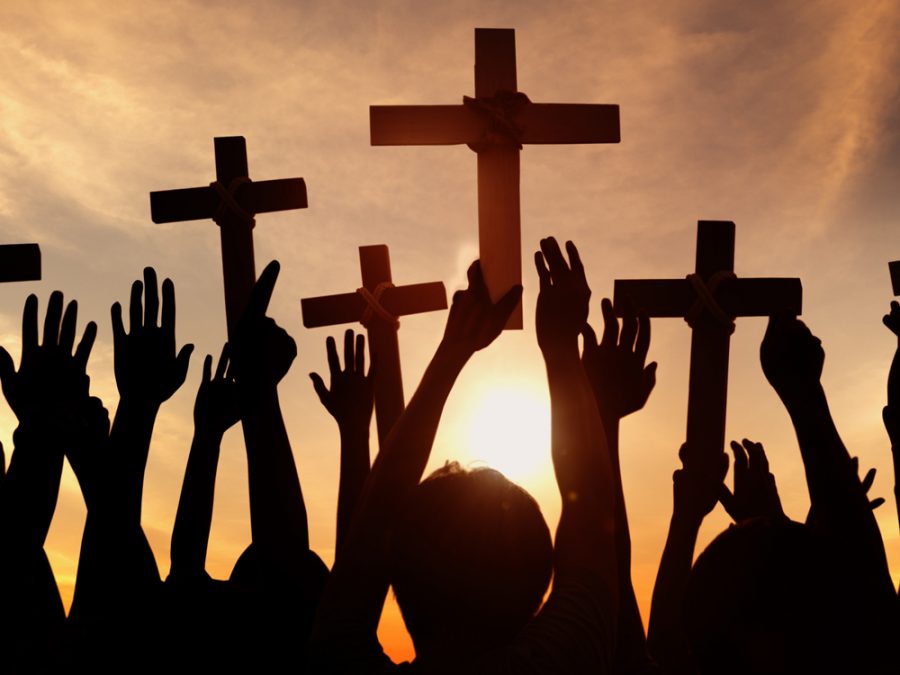Understanding the Dominant Religion of Medieval Europe: Influence, Practice, and Legacy
Introduction: The Pillar of Medieval Society
The medieval period in Europe, spanning roughly from the 5th to late 15th centuries, was marked by significant transformations in politics, society, and religion. The most influential and pervasive institution during this era was the Christian Church , specifically the Roman Catholic Church . Christianity’s dominance shaped not only spiritual life but also every aspect of governance, education, and daily customs. Understanding the role and reach of this religion is crucial for comprehending the broader history and culture of medieval Europe [1] .
The Rise of Christianity in Medieval Europe
After the fall of the Western Roman Empire, Europe witnessed a power vacuum that was gradually filled by the Christian Church. Initially, Christianity emerged from Judaism and faced persecution within the Roman Empire. This changed dramatically when Emperor Constantine converted to Christianity and subsequently, the faith became the empire’s official religion. As Roman authority waned, the Church assumed an increasingly central role in European society, becoming the sole recognized religion throughout the Middle Ages [1] [2] .
Key leaders such as Pope Gregory I reinforced the papacy’s influence by sending missionaries to convert non-Christian populations, including the Anglo-Saxons and Franks. The Church established a system of governance with archbishops and bishops under the ultimate authority of the Pope, mirroring and sometimes surpassing secular political power [1] .
Daily Life and Religion: The Church’s Reach
The Roman Catholic Church was not just a religious body; it was the foundation of community and daily life. For medieval Europeans, religious rituals, festivals, and the Church calendar determined the rhythm of the year. Participation in sacraments such as baptism, communion, and marriage was considered essential for salvation. Monasteries, cathedrals, and parish churches were not only spiritual centers but also hubs of education, charity, and economic activity [2] .
Church teachings governed moral conduct, marriage, inheritance, and even laws. The concept of tithing-mandatory donation of a portion of income to the Church-funded religious activities and the construction of imposing churches. The Church’s control over written knowledge and its monopoly on education ensured that its worldview remained dominant. Both peasants and nobility were expected to conform to Catholic doctrine and participate in Church life [3] .
Power, Politics, and the Church
Christianity’s influence extended deeply into the political realm. The Church often rivaled or surpassed the power of kings and local rulers, acting as a unifying force across fragmented European territories. The Papacy sometimes claimed authority to depose monarchs and played a decisive role in major historical events such as the Crusades and the shaping of European law [5] .
However, tensions between church and state were a recurring theme. The “Investiture Controversy,” for example, was a prolonged conflict over who had the right to appoint bishops-secular rulers or the pope. While the Eastern (Byzantine) Church maintained close ties with imperial authority, Western Europe experienced frequent clashes between popes and monarchs, shaping the development of both religious and secular institutions [5] .
Religious Diversity and Dissent
Though the Roman Catholic Church was the dominant religion, medieval Europe was not entirely homogenous. Small Jewish communities existed in many cities, contributing to commerce, scholarship, and sometimes facing persecution. In the Iberian Peninsula and parts of Eastern Europe, significant Muslim populations lived under Christian or Muslim rule. Folk beliefs and remnants of earlier pagan practices persisted, often blending with Christian traditions despite official condemnation [3] .
The Church sought to control “heresy” by suppressing alternative Christian sects and folk practices, sometimes through the Inquisition. Yet, popular beliefs such as fortune-telling, use of charms, and seasonal rituals survived, especially in rural areas. These elements highlight the complex religious landscape beneath the surface of official Catholic orthodoxy [3] .

Source: emaze.com
The Church’s Wealth and Social Influence
The medieval Church was one of the wealthiest institutions in Europe. Landownership, tithes, and donations from both the devout and the nobility ensured a steady stream of resources. These funds supported not only religious duties but also education, poor relief, and the arts. Monasteries became centers of learning, preserving classical texts and fostering advancements in agriculture and technology [4] .
However, the accumulation of wealth and power led to corruption and criticism. By the late Middle Ages, dissent grew, culminating in the Protestant Reformation, which shattered the Church’s monopoly in northern Europe and altered the religious landscape forever [4] .
How to Explore Medieval Christianity and Its Legacy
For those interested in learning more about the dominant religion of medieval Europe, several approaches can be taken:
- Visit local libraries or university collections, searching for books on “Medieval Christianity,” “Roman Catholic Church history,” or “religion in the Middle Ages.”
- Explore reputable online educational platforms and encyclopedias such as the World History Encyclopedia or established academic library guides. Use search terms like “Christianity in Medieval Europe” or “Catholic Church history.”
- Seek out museum exhibits and virtual tours that focus on medieval European art, manuscripts, and church architecture for tangible examples of religious influence.
- For academic research, consult primary sources such as medieval chronicles, church records, and papal decrees, often available through university digital archives.
- If you wish to learn about local religious heritage, contact historical societies, cathedral visitor centers, or local parish offices for guided tours and educational materials.
When using the internet for research, prioritize sources from established academic institutions, museums, and major encyclopedias. Avoid relying on unofficial websites or forums for factual information.
Common Questions and Further Steps
Was everyone in medieval Europe Catholic? While the vast majority identified with the Catholic Church, minority religions like Judaism and regional Muslim communities existed. Folk beliefs and non-orthodox Christian sects persisted, sometimes leading to conflict or persecution.
How did the Protestant Reformation change religious life? Beginning in the 16th century, reformers like Martin Luther challenged church practices, leading to new Christian denominations and weakening the Catholic Church’s dominance in northern Europe. This shift had profound effects on politics, education, and social norms.
Where can I see the legacy of medieval Christianity today? Many cathedrals, churches, and monasteries across Europe remain standing and active. Some offer educational tours and exhibitions. National and regional museums often display religious art, manuscripts, and artifacts from the period. Consider searching for “medieval church tours” or “Christian heritage sites” in your region for more information.
Key Takeaways
The dominant religion of medieval Europe was Christianity, specifically Roman Catholicism . Its influence permeated every aspect of life, from daily routines to grand political decisions. The Church’s legacy endures in art, architecture, ethical systems, and the educational institutions that continue to shape European society today [1] [2] [3] .

Source: cunninghistoryteacher.org
References
- [1] MFG LibGuides (2019). Medieval World: Religion – The rise and influence of Christianity after the fall of Rome.
- [2] St Albans Library (2021). Medieval Europe: The spread of Christianity.
- [3] World History Encyclopedia (2019). Religion in the Middle Ages: Diversity and Dominance.
- [4] History Hit (2022). 5 Reasons Why the Medieval Church Was So Powerful.
- [5] Wikipedia (2004). Church and state in medieval Europe: Politics and religious authority.



